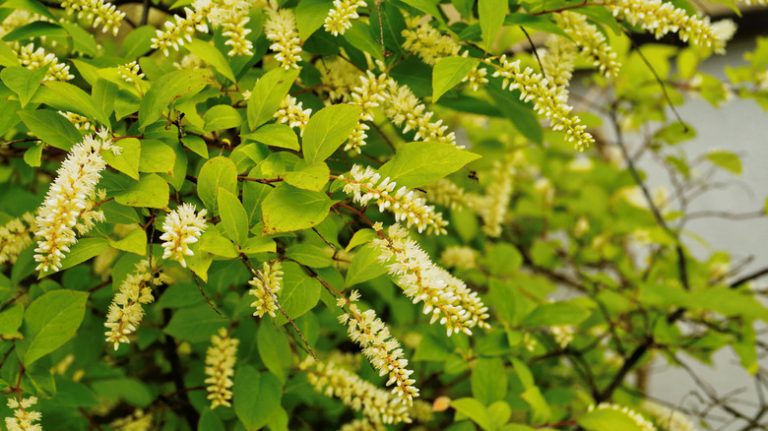Tulips are one of the most beautiful and popular flowers that bloom in the springtime. Known for their vibrant colors and graceful shapes, tulips bring joy and beauty to gardens around the world. Whether you choose early-flowering varieties like the pale pink Kaufmanniana or late-flowering ones like the Viridiflora, tulips are sure to be a showstopper in any garden.
One of the reasons tulips are so beloved by gardeners is their ability to rebloom. With proper care and attention, tulip bulbs can yield stunning blossoms for many years. To ensure the longevity of your tulips, it’s important to choose strong, well-drained soil that is rich in organic matter. Plant the bulbs in a sunny location and provide them with regular watering. Additionally, deadheading spent blossoms and allowing the foliage to turn yellow before removing it will help the bulbs store energy for future growth.
Tulips are also a favorite among herbivores like deer and rabbits. To protect your tulips from hungry critters, consider installing a wire mesh or fence around the garden site. This will help prevent damage to the stems and foliage, allowing the tulips to bloom undisturbed. Another option is to choose tulip varieties that are less likely to be eaten, such as double or greigii tulips.
When it comes to replanting tulip bulbs, timing is key. It’s best to replant tulip bulbs in the fall, around September or October, allowing them enough time to establish roots before the cold winter months. If you’re using hydroponic techniques, tulip bulbs can also be planted in early spring for a late-flowering display.
In conclusion, tulips are a stunning and versatile flower that can bring beauty and joy to any garden. By following these tips and choosing the right varieties, gardeners can enjoy the vibrant colors and graceful blooms of tulips for many years to come.
How to grow tulips
Growing tulips can be a rewarding experience. Whether you are a seasoned gardener or a beginner, these tips will help you fosteriana healthy and beautiful tulips in your garden or pots.
-
Choose a well-drained and sunny spot to plant your tulips. Tulips thrive in loose and fertile soil.
-
Plant your tulip bulbs in the late summer or early fall, about 6 to 8 inches deep and 4 to 6 inches apart.
-
If you want to create a stunning display of colors, plant different tulip varieties together. You can mix early and late blooming tulips to enjoy continuous blooms.
-
Leave the tulip blooms alone until they start to fade and the foliage turns yellow. This is the best time to lift and replant the bulbs for the next season.
-
Provide a tune-up for your tulips by deadheading spent flowers regularly to promote more blooms.
-
To get the most out of your tulips, fertilize the soil before planting and again in the spring. Choose a fertilizer with a balanced ratio of nutrients.
-
When growing tulips in pots, ensure they have good drainage. Place a layer of gravel or broken pottery at the bottom to prevent waterlogging.
-
If you want to propagate tulips, you can separate the bulbs in late spring after the foliage has withered.
-
Protect your tulips from extreme cold or strong winds by planting them between other plants or placing a wire cage around them.
-
Burgundy tulips can add a touch of elegance to your garden. Plant them in a sunny spot to enjoy their deep-colored blooms.
-
Tulips come in various shapes and sizes. If you want a more natural impression, try growing perennial tulip varieties like kaufmanniana or lily-flowered tulips.
By following these simple and easy steps, you can have a great display of tulips in your garden or pots. Enjoy their vibrant colors and fragrant blooms throughout the springtime!
Jump to
- Late Blooms
- Newspaper Tulips
- Springtime Viridiflora
- Under Growing
- Spent Bouquets
- Sometimes Stems
- Buying Bloom Results
- Where to Plant?
- Especially for Perennials
- March Flowers
- Turn to Classics
- Tips to Grow
- Fertilize Appropriately
- About Flowered Tulips
- Lily-Flowered Tulips
- Some Ample Impression
- Tulip Bulb Advice
- Their Wisely Wind
- When This Bulb
- Separate Bulbs
- Follow to Replant
- Fosteriana Tulips
- 7-Wire Tulips
- Blooming Before March
- Strong Mount Emperor
- Grow and Consider
- Last Plant Tulip
- Beauty of Hybrid
- Yield White Tulip
- Avoid Mid-Season Bloom
- By 8 Greigii Tulips
Where to plant tulips
If you want to enjoy the beauty of tulips in your garden, it is important to choose the right location for planting them. Tulips are early-flowering bulbs that bloom in the springtime, so it is best to plant them in the fall, about 6-8 weeks before the ground freezes.
When selecting a spot for your tulips, look for an area that gets plenty of sun, at least 6 hours a day. Tulips prefer well-drained soil, so avoid planting them in areas that are prone to waterlogging or have poor drainage. If your soil is heavy or clayey, you can improve drainage by adding compost or sand to the planting hole.
Tulips also need ample space to grow and spread, so make sure to plant them at least 4-6 inches apart. You can choose to plant them in clusters or in rows, depending on the look you prefer. Tulips also look stunning when planted in front of other spring-flowering perennials or beneath deciduous trees.
Another important consideration when planting tulips is to ensure that the soil is rich in nutrients. Tulips are hungry plants that require well-fertilized soil to promote healthy growth and flowering. Before planting, you can add organic matter or a slow-release fertilizer to the soil to provide the necessary nutrients.
When planting tulips, make sure to dig a hole that is about 2 times as deep as the length of the bulb. Place the bulb in the hole with the pointed side facing up and cover it with soil. After planting, water the bulbs deeply to help them establish their roots.
If you live in a region with mild winters, you may need to lift and store your tulip bulbs after they have finished flowering. This is especially true for late-flowering or fancy varieties that may not be as hardy. To store the bulbs, gently lift them from the ground after the foliage has died back and allow them to dry out completely. Then, store them in a cool, dry place until it is time to plant them again in the fall.
Tulips come in a wide range of colors, shapes, and sizes, so you can choose different varieties to create a stunning display in your garden. From the classic single-flowered tulips to the double-flowered varieties, there are plenty of options to choose from. Some popular tulip varieties include the lily-flowered tulips, fringed tulips, double late tulips, and emperor tulips, to name a few.
In conclusion, to ensure that your tulips bloom beautifully, choose a sunny spot with well-drained soil. Plant them in the fall before the ground freezes, and provide them with ample space and nutrients. If necessary, lift and store the bulbs for the winter, and get ready to enjoy the stunning blooms in the springtime.
Here are some tips to help you grow tulips successfully:
– Choose healthy bulbs without any signs of damage or mold
– If you’re planting tulips in pots, make sure they have good drainage holes
– Water the newly planted bulbs regularly, especially if there is no rain
– Mulch the area around the tulips to help conserve moisture and suppress weeds
– Fertilize the bulbs with a balanced fertilizer in the spring and again after they have finished flowering
– Remove spent flowers to prevent seed production and encourage the bulbs to store energy for the next year’s bloom
– Pay attention to the weather and protect the emerging shoots from late frosts by covering them with a layer of straw or a frost blanket.
By following these tips and providing your tulips with the right growing conditions, you can enjoy their beautiful flowers year after year.



